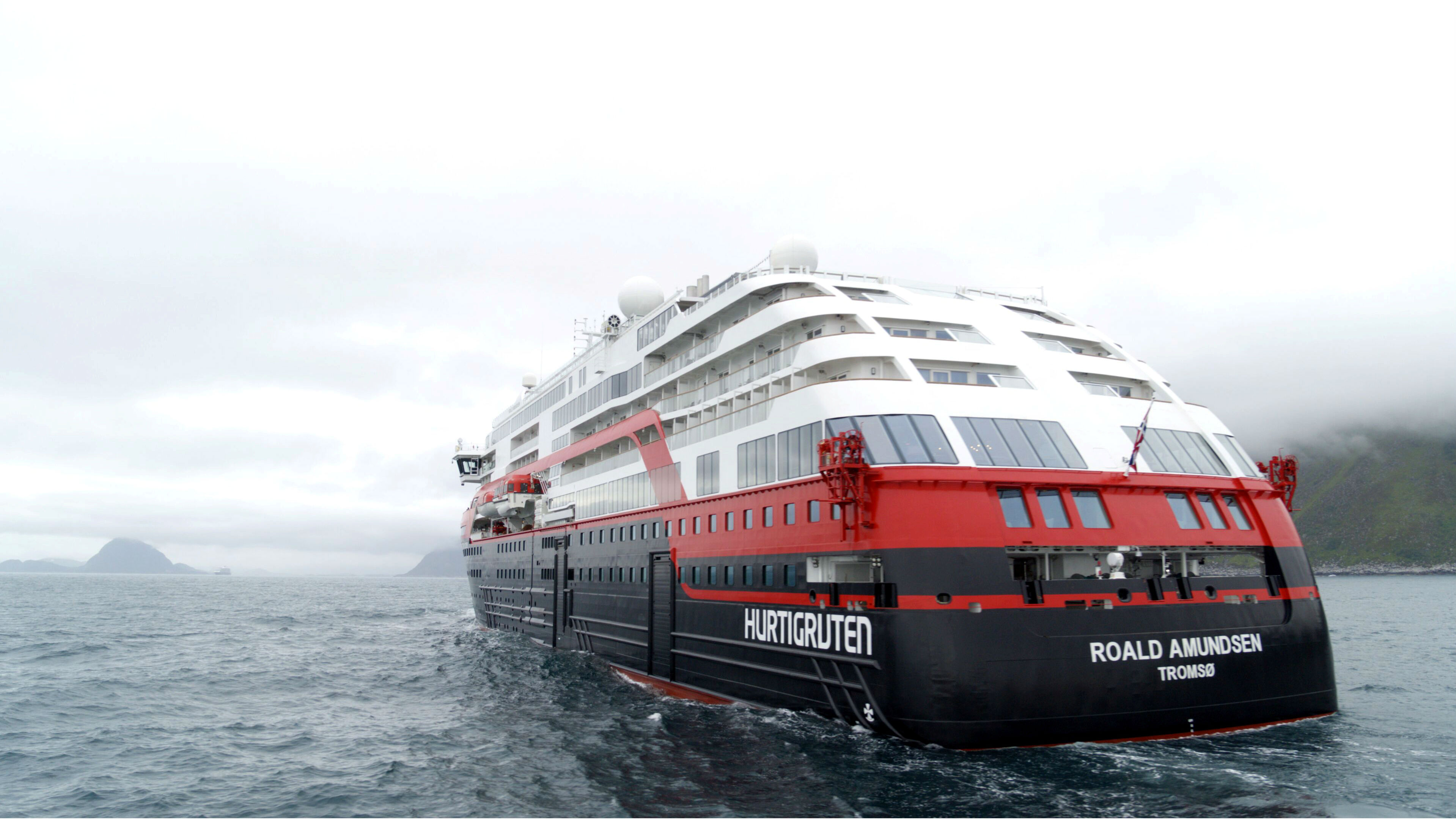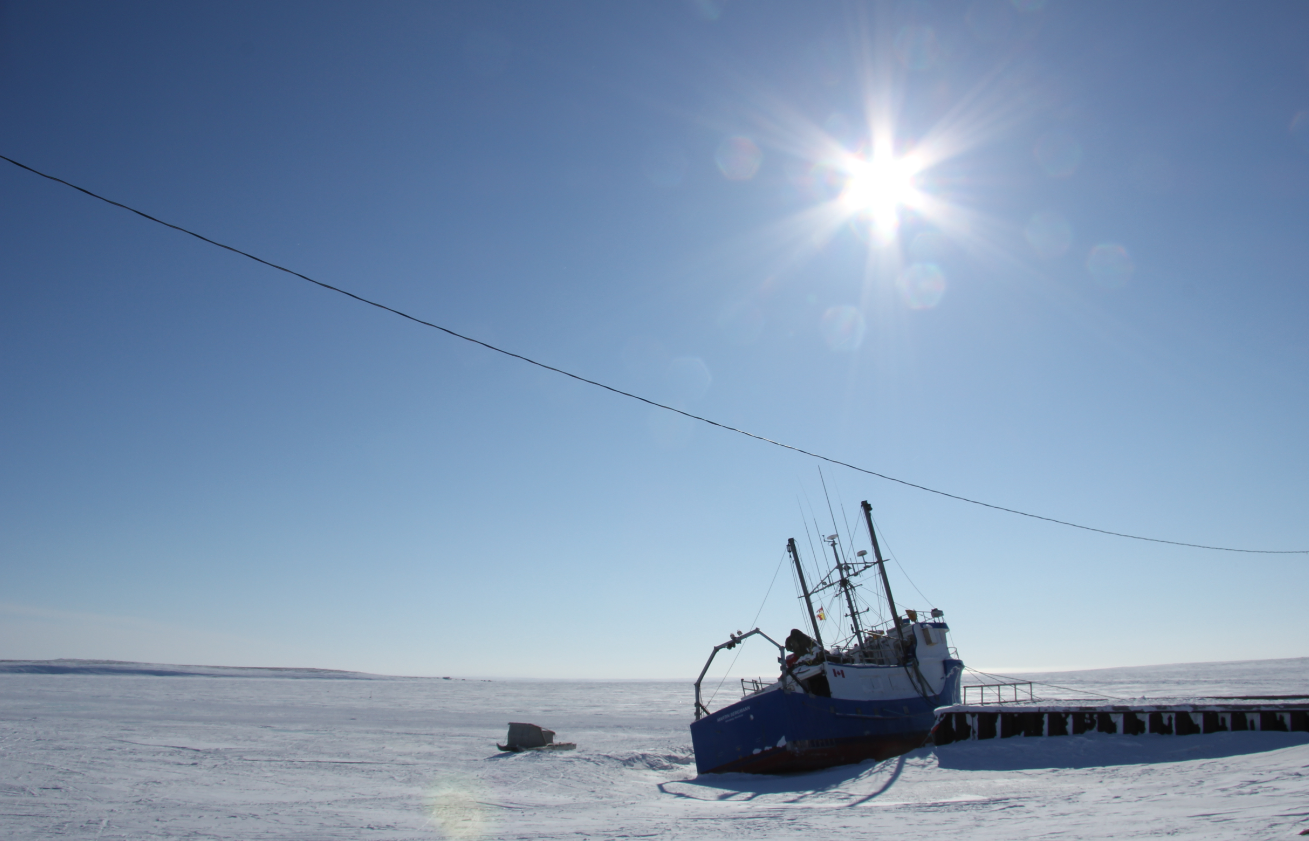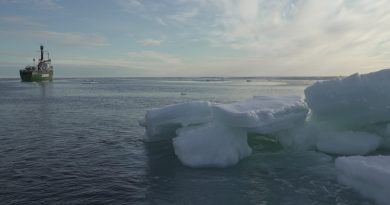Scrapped 2020 cruise season will cost communities in Nunavut, Canada almost $1 million

In response to the COVID-19 pandemic, Canada has issued a series of restrictions on shipping and cruises in the North, most recently on Friday, that will cost communities in Canada’s eastern Arctic territory of Nunavut almost $1 million.
“The 2020 season was anticipated to be comparable to 2019, in which 4,219 cruise passengers visited Nunavut across 13 expedition cruise vessels,” said Sebastian Charge, manager of tourism development for Nunavut, in emailed comment to Eye on the Arctic on Monday.
“While this number of passengers is small compared to Greenland and other comparative destinations, cruise operators spent a little under a million dollars for community tours, performances and other services, which represents a key economic activity for more remote communities. Passengers also purchased art, carvings, mittens, hats and other material produced by community members, leading to a significant decline this year in the sale of cultural industries products in some communities.”
New measures announced Friday
On Friday, Canada’s Transport Minister Marc Garneau announced further shipping and boating COVID-19-related measures affecting the cruise industry, including tightening the cruise ship ban in Arctic waters from boats carrying over 500 people, to vessels carrying over 100, until October 31.
As of July 1, other passenger vessels will be subject to regional health authority timelines and directives for resuming operations, depending in what province, territory or region they are in.
- Typical cruise season: End of July to end of September
- Total Cruise passengers in 2019: 4,219
- Unique vessels in 2019: 13
- Number of voyages in 2019: 23
Source: Government of Nunavut
The restrictions apply to Canadian Arctic coastal communities as well as the waters around Nunavik, the Inuit region of northern Quebec, and the waters around Nunatsiavut, the Inuit region of the province of Newfoundland and Labrador.
As with previous COVID-19 shipping and boating restrictions, they do not apply to boats used by local Arctic communities for transportation or subsistence harvesting.
Fines for non-compliance
Penalties for violating the restrictions will be $5,000 a day for an individual, or $25,000 a day for a corporation.
The latest announcement follows previous restrictions put in place by Transport Canada in an effort to prevent COVID-19 from reaching northern Indigenous communities.
On April 5, the government announced Canadian cruise ships would be prevented from “mooring, navigating or transiting” in Canadian Arctic waters. And that foreign passenger vessels would be required to give Transport Canada 60 days notice before entering Arctic waters and “… would be subject to any conditions the Minister determines necessary to ensure the protection of marine personnel and local communities.”

The measures applied to cruise ships carrying 500 people or more.
Transport Canada issued further restrictions on May 14, banning pleasure craft like motorboats or sailboats from operating in the coastal Arctic areas of Canada, north of the 60th parallel.
The two measures were put in place until October 31.
Focus on 2021 season
Nunavut’s Simon Charge says preparations are now moving to the 2021 season and how things can be set up to help cushion the economic fallout from COVID-19’s impact on tourism in the region.
“The Government of Nunavut is working closely with our federal partners and the Association of Arctic Expedition Cruise Operators to offset this blow to economic activity within our communities by ensuring that when the season resumes in 2021, community members are well equipped to provide services, products and other amenities to cruise vessels and their passengers,” he said.

Inland travel permitted as of July 1
On Friday, Garneau said passenger vessels would be allowed to travel on inland rivers and lakes in Canada’s three northern territories: Yukon, in northwesternmost Canada; the neighbouring Northwest Territories; and the eastern Arctic territory of Nunavut, as of July 1.
There are currently no active COVID-19 cases in Canada’s North.
Yukon had 11 confirmed COVID-19 cases, and the Northwest Territories had five total cases, but all individuals have since recovered.
Canada’s eastern Arctic territory of Nunavut has had no confirmed or presumed cases of COVID-19 to date.
Write to Eilís Quinn at eilis.quinn(at)cbc.ca
Related stories from around the North:
Canada: Hotels in northern Canada laid off dozens as COVID-19 shutdown squashed business overnight, CBC News
Finland: Finland joins other Nordic countries in virtual tourism due to pandemic, Yle News
Norway: Norwegian Arctic wilderness tourism hit particularly hard by coronavirus, The Independent Barents Observer
Sweden: Sweden seen as major source of COVID-19 in Western Finland region, Yle News
United States: Alaska’s largest rural airline, Ravn, files plan to liquidate as bankruptcy proceeds, Alaska Public Media



